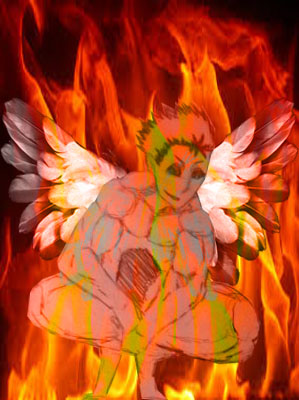
Last fall, students at The University of Missouri-Columbia used social media and public protest to challenge their school’s racist campus culture. Their efforts led to their football team striking, their president resigning and an eventual $1 million initiative from their university aimed at staff diversity. Exactly one year after the Homecoming parade that sparked their movement, their example should continue to inspire us all to choose activism over victimhood.
The Concerned Student 1950 group was named for the first year that Black students were admitted into the University of Missouri. Not ironically, The movement’s most immediate impact was putting the school’s often-overlooked history of racism on Front Street.
The protest came as no surprise to me. I was a freshman at Mizzou in the spring of 2010 when
cotton was scattered across the Black Culture Center lawn by White students. Over my next year and a half there, I experienced and witnessed countless episodes that made it clear which side Missouri was fighting on in the Civil War. I eventually left the school for financial reasons, but the cultural atmosphere didn’t make my decision any more difficult.
Almost three years after my final semester at Mizzou, I noticed The Concerned Student 1950 group turning up on social media and was immediately overcome with pride. The first thing I saw was the little bro Curtis Taylor Jr., whom I met when he was just a freshman, leading an electrifying protest in the student center.
The 1950 group was formed in response to the racism students perceived after the murder of Michael Brown and the #BlackLivesMatter movement that followed. After organizing over the summer to plan how to address their campus’ race problem, the 1950 students entered the fall semester ready to resist the campus’ toxic culture. It didn’t take long for the group to mobilize after student body president Payton Head reported being called racist and homophobic slurs by White students.
On October 10, not long after Head was harassed, the 1950 group attended Mizzou’s homecoming day parade to confront former university president Tim Wolfe. Things got ugly when they approached the president’s parade vehicle to ask for help fixing the campus’ sometimes hostile racial environment. Former-president Wolfe refused to acknowledge the protesters and his vehicle almost ran one of the students over as parade attendees heckled them.
For graduate student and 1950 organizer Jonathan Butler, Wolfe’s public negligence was the final straw. Following the parade, Butler began a hunger strike that added Wolfe’s resignation to the top of the group’s list of protest demands. Butler’s refusal to eat for nearly a week drew national headlines, but the movement didn’t reach its full potential until the school’s football team refused to play or practice in solidarity with Butler.
The university stood to lose at least $1 million if Butler didn’t eat before their next game, forcing Wolfe to fall on the sword for White Supremacy and resign.
The announcement culminated in an epic swag surf, a Spike Lee documentary and the school’s aforementioned $1 million investment in diversity. In case you didn’t realize, the students behind this movement did much more than just become trending topics on social media. They gave oppressed people across the world a blueprint for addressing their situations in the age of social media.
One year later, I’m still incredibly proud of my former classmates and fellow millennials for their revolutionary actions. I hope citizens of all races recognize the impact these young people had on both their immediate environment and our entire country’s collective conscious. Their use of non-violent protest has been rightfully compared to the organizing of southern leaders during the Civil Rights Movement.
The 1950 students’ actions are now immortalized in the Smithsonian’s recently-opened National Museum of African American History, proving that over fifty years after Civil Rights, social justice warriors are still cracking America’s most oppressive codes by using non-violent protest to buck the system. On the brink of a presidential election that suggests U.S. citizens have lost all control of their political structure, the Concerned Student 1950 story should give us all hope in our ability to positively influence our environment, no matter how powerless we may feel. So once again, salute the young men and women responsible for this movement and consider ways you can use the tools at your own disposal to resist oppression on any scale.
PHOTO: Getty


![]()
 RT
RT 

